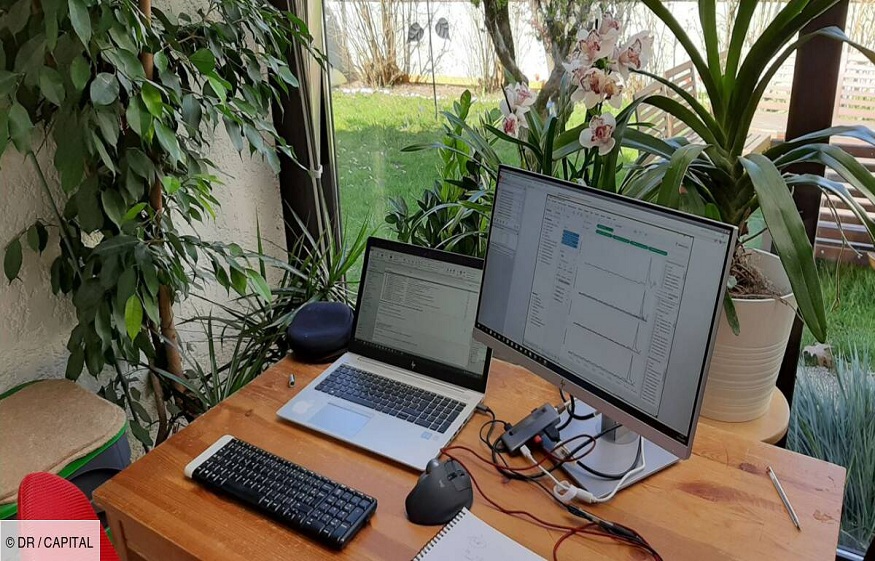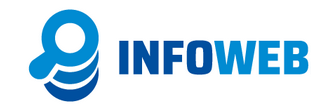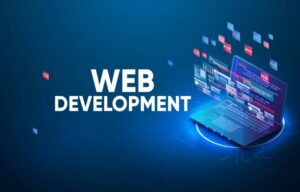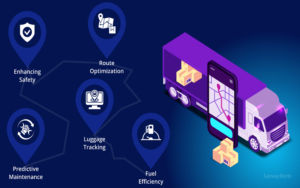The Complete Guide To A Successful Netlinking Strategy.?

Building the authority of a website is an essential pillar of a complete and effective SEO strategy.
In my opinion, this is the hardest part of an SEO strategy (when there is no link buying budget available) and creates a barrier to entry for many niches. In SERPs dominated by big brands and high authority websites, you regularly see sites that offer better content than the competition and don’t rank as well as they should.
Once you have fixed the main technical aspects of a website and your content strategy has been in place for some time, you may need to start thinking about a netlinking strategy to boost the popularity of your site.
Here are the main factors to consider!
What is Nelinking?
In summary, netlinking is a key factor in off-page which consists of obtaining external links to our website in order to increase its authority.
Since the earliest versions of Google’s algorithm, external links have been a critical factor in determining search engine rankings. Google considers an outbound link a vote of confidence in the mesh website. The more good quality links we receive to our website, the more relevant Google will consider us and our ranking in the SERPs will improve.
What should you take into account in your netlinking strategy?
The theme of the referring domain
The referring domain that links to us must have a similar theme to that of the landing page In this way, we will indicate to Google that our website is relevant to this subject and that we are therefore relevant for any search related to this subject.
This is one of the most important questions to consider when working to increase the popularity of a website, as it will be a key factor in developing topic authority on a topic.
This aspect of a netlinking strategy must be prioritized more when we apply an international SEO strategy. Companies focusing on local SEO, such as those in need of SEO Lichfield services, can significantly benefit from a tailored netlinking strategy that emphasizes local authority and relevance.
Transfer of PageRank
PageRank is a score between 1 and 10 taken into account by the Google algorithm that indicates the popularity of a website. PageRank is transferred via links, which means that getting a link from a high authority website will transfer more PageRank and therefore increase your website’s popularity more than getting the same link from another. a low authority website.
We are not able to identify the exact PageRank of a website, but there are some tools like Ahrefs that allow us to estimate it.
There are basically 3 things I look at to find out how much PageRank a page is transferring us:
Dofollow/Nofollow links
The link’s html tag and its attributes are of utmost importance. If the link has the rel=”nofollow” attribute, it tells the search engine not to follow the link and therefore it won’t transfer authority to us.
Other link attributes such as sponsored” exist to tell the search engine that a link was user-generated or purchased, and therefore will also not convey popularity.
The dofollow indication is the one that any link has by default, and is the attribute that will pass the authority of referring domains. If you don’t indicate otherwise using the nofollow, sponsored or ugc attributes, Google will follow the link and transfer Page Rank.
Does that mean all your links have to be dofollow? The answer is no. You should get any link relevant to your website, even if it has the nofollow attribute. If the link gets you traffic or helps your branding, for example, it’s a great link.
link anchor
The link anchor is the clickable part of a link that users see. It is extremely important for link building because it gives search engines a great clue about the content of the linked page.
Basically, there are two types of anchor: optimized and non-optimized.
An optimized link anchor contains the keyword the linked page wants to rank for, a synonym, or a secondary keyword. An optimized anchor will transfer the semantics to the target page and indicate the relevance of the term included in the anchor.
Unoptimized anchor text links to the target page in a more natural way, with texts such as “click here”, page url or company name, for example.
The ideal is to have a combination of the two. Niches such as CBD or gambling tend to have a high percentage of anchor optimized, unlike other sectors such as clothing retail.
The technique generally used to dilute the percentage is to use unoptimized anchors in lower quality links and optimized anchor texts in stronger links. Obviously, this can only be done when we control who we mesh with, which is not always the case.
Avoid risks
We must carefully analyze the sites that mesh with us.
Avoid being linked from link farms, sites with Google penalties or sites that practice dangerous black hat SEO strategies or sites that sell links in all their posts. Also avoid repeatedly exchanging links with other websites for the sole purpose of increasing your popularity.
Remember that building links for the sole purpose of increasing a website’s ranking is a practice prohibited by Google’s guidelines. Although there are some strategies that are more dangerous and others totally tolerated by Google, we should try to disguise our link profile in the most natural way possible.
If you take a penalty, your SEO rankings can drop sharply in one fell swoop. To fix this, you will have to work hard to show Google that you have solved the problem and that your backlinks are natural.






